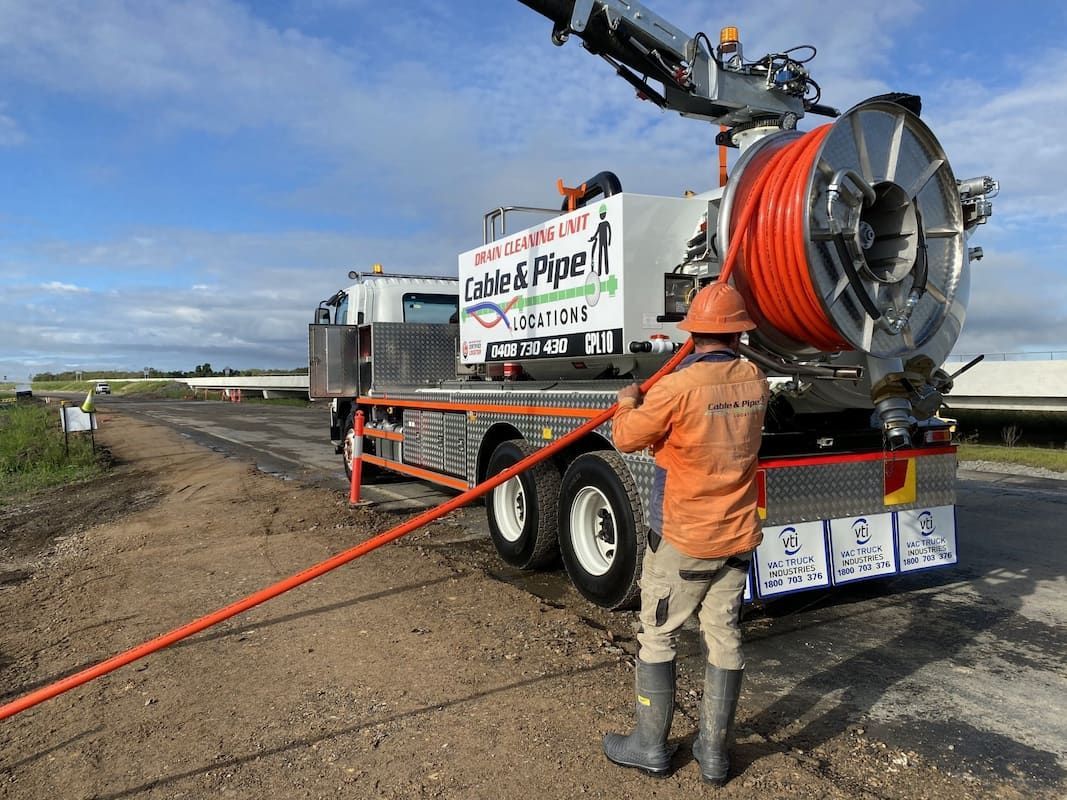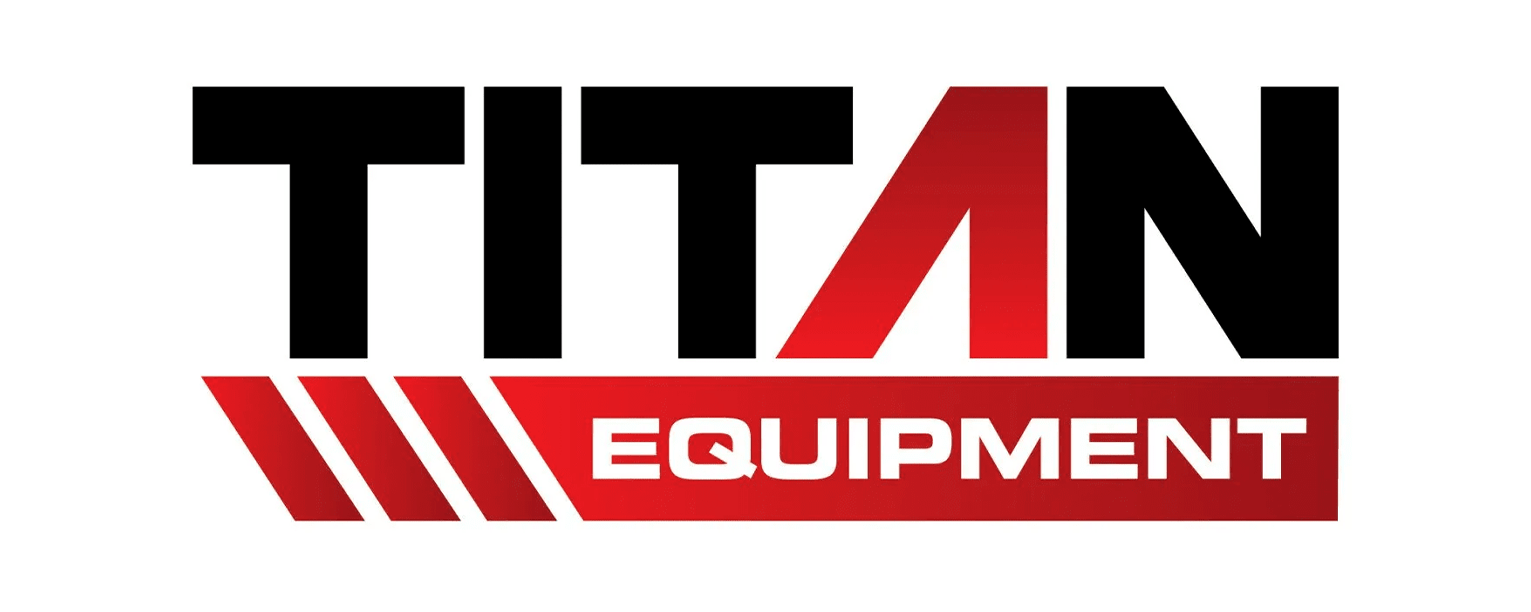Why Every Excavation in Coffs Harbour Needs Electronic Cable & Pipe Locating
When it comes to construction or civil work, one of the most critical steps before you even think about digging is identifying what lies beneath the surface. In Coffs Harbour, where underground utilities are both widespread and essential, failing to detect pipes and cables before excavation can lead to costly, dangerous consequences. Whether you’re a builder preparing a site or a contractor laying new infrastructure, understanding the role of underground utility detection is crucial for keeping your project safe, compliant and on schedule.
This blog explores how electronic cable and pipe locating—using tools like electromagnetic location and ground-penetrating radar—supports safe, efficient and regulation-compliant excavation in the Coffs Harbour region.
Avoiding Catastrophes Before the Jackhammer Turns
A burst water main or severed electrical line doesn’t just stop work—it can injure workers, delay permits, and result in thousands of dollars in emergency repairs. These disruptions are often preventable through a pre-excavation locating service.
Advanced equipment like electromagnetic locators and ground-penetrating radar (GPR) are used to scan beneath the surface, identifying both metallic and non-metallic services.
- Detects active and abandoned infrastructure such as gas, water, and communications
- Prevents accidental strikes that could trigger emergencies or litigation
- Offers a non-destructive way to assess underground risk zones before work begins
What Builders Must Know About Pipe Location in Coffs Harbour
Before you break ground in the Coffs Harbour region, you're expected to comply with local excavation laws that require accurate utility location. Builders must arrange a utility detection survey and provide evidence of this when applying for excavation permits.
The consequences of overlooking this step can be significant, not just in terms of fines but in liabilities relating to public safety and service disruption.
- Coffs Harbour excavation permits generally require pre-locating documentation.
- All locating services must be performed by certified operators using industry-approved tools.
- Detailed maps and utility identification must be included in pre-construction reports
How Modern Locating Technology Upholds Project Timelines
Missing a single cable or pipe can halt an entire job, leading to rescheduling of trades, labour downtime and wasted equipment hire. Integrating advanced utility locating techniques like GPR and electromagnetic detection into your planning process helps avoid such scenarios.
These technologies quickly provide accurate data on underground utility layouts, allowing you to plan around potential hazards well in advance.
- Reduces rework caused by unforeseen underground obstructions
- Minimises machine idle time and rescheduling costs
- Supports proactive risk management in construction sequencing
When Is Ground-Penetrating Radar Essential on Site?
Not all utility assets are metallic, and in areas like coastal or clay-heavy Coffs Harbour soils, traditional electromagnetic locating may not be sufficient. This is where ground-penetrating radar (GPR) excels.
GPR works by sending high-frequency radio signals into the ground and interpreting reflections to identify underground anomalies. It is especially useful in detecting PVC, fibre-optic cables, and older infrastructure without metallic signatures.
- Capable of detecting non-conductive utilities such as plastic and fibre-optic lines
- Provides depth estimates and shape profiling of underground assets
- Works effectively in challenging conditions like sandy fills or moisture-rich soils
Understanding Council Compliance for Excavation Permits
Council regulations in the Coffs Harbour region require that all significant ground disturbance—whether for roads, services, or building footings—be preceded by an underground utility scan. These scans are part of the broader “Duty of Care” obligations set by national standards.
Failing to meet these requirements can result in work being halted or revoked until appropriate locating procedures are followed.
- Locator services must be carried out prior to excavation commencement
- Certification of results is often required for council and utility authority approval
- Mapping and depth information must be supplied as part of the documentation
The Hidden Cost of Ignoring Pipe & Cable Locating
Some project managers skip detection services in an attempt to cut costs or speed up progress. However, what starts as short-term savings can quickly turn into a major financial and reputational loss.
From accidental gas leaks to major communication outages, the risk of striking buried infrastructure is far too high to ignore.
- Utility strikes can result in delays lasting days or weeks
- Safety incidents increase liability and insurance premiums
- Civil penalties may be issued by utility providers or regulators
- Damaged infrastructure must be reinstated—at the builder’s cost
Skipping locating services may seem like a shortcut—but it’s one that often leads straight to unnecessary risk, cost blowouts, and avoidable reputational damage.
Why Civil Engineers Trust Electronic Utility Detection Here
Civil engineers overseeing infrastructure upgrades and subdivision work consistently use electronic detection for one simple reason: it ensures accuracy from day one. Engineers need reliable data to inform the design and positioning of roadways, pipelines, stormwater and more.
Accurate underground mapping ensures the infrastructure being installed won’t conflict with existing services—avoiding complex workarounds or legal claims post-construction.
- Detection supports spatial design decisions and clash prevention across multi-service environments.
- Improves confidence in topographic surveys and construction documentation
- Provides traceable, geo-referenced utility data that integrates directly with CAD, GIS and engineering models
- Minimises the risk of project delays due to unknown or inaccurately recorded utilities
In essence, civil engineers don’t just use detection for safety—they rely on it to build smarter from the ground up.
Need Pipe Location in Coffs Harbour? Let’s Talk
Excavation in Coffs Harbour isn’t just about digging—it’s about doing it safely, lawfully and efficiently. Electronic cable and pipe locating is not an optional extra but a vital component of responsible construction and civil works.
With the right technology and expertise, you can protect people, property, and progress while staying compliant with council expectations. Whether you’re cutting roads, laying footings, or trenching through suburbs, utility detection ensures you’re digging smart—not blindly.
At Cable & Pipe Locations, we’re your partner in underground utilities detection in the Coffs Harbour region. We help prevent costly errors and ensure full excavation compliance. From electromagnetic scanning to ground-penetrating radar, our electronic cable and pipe locating services are trusted by builders, councils, and engineers alike.
Book a utility locating service or get in touch with our team via our contact page. Let’s ensure your next excavation begins with confidence—not guesswork.













